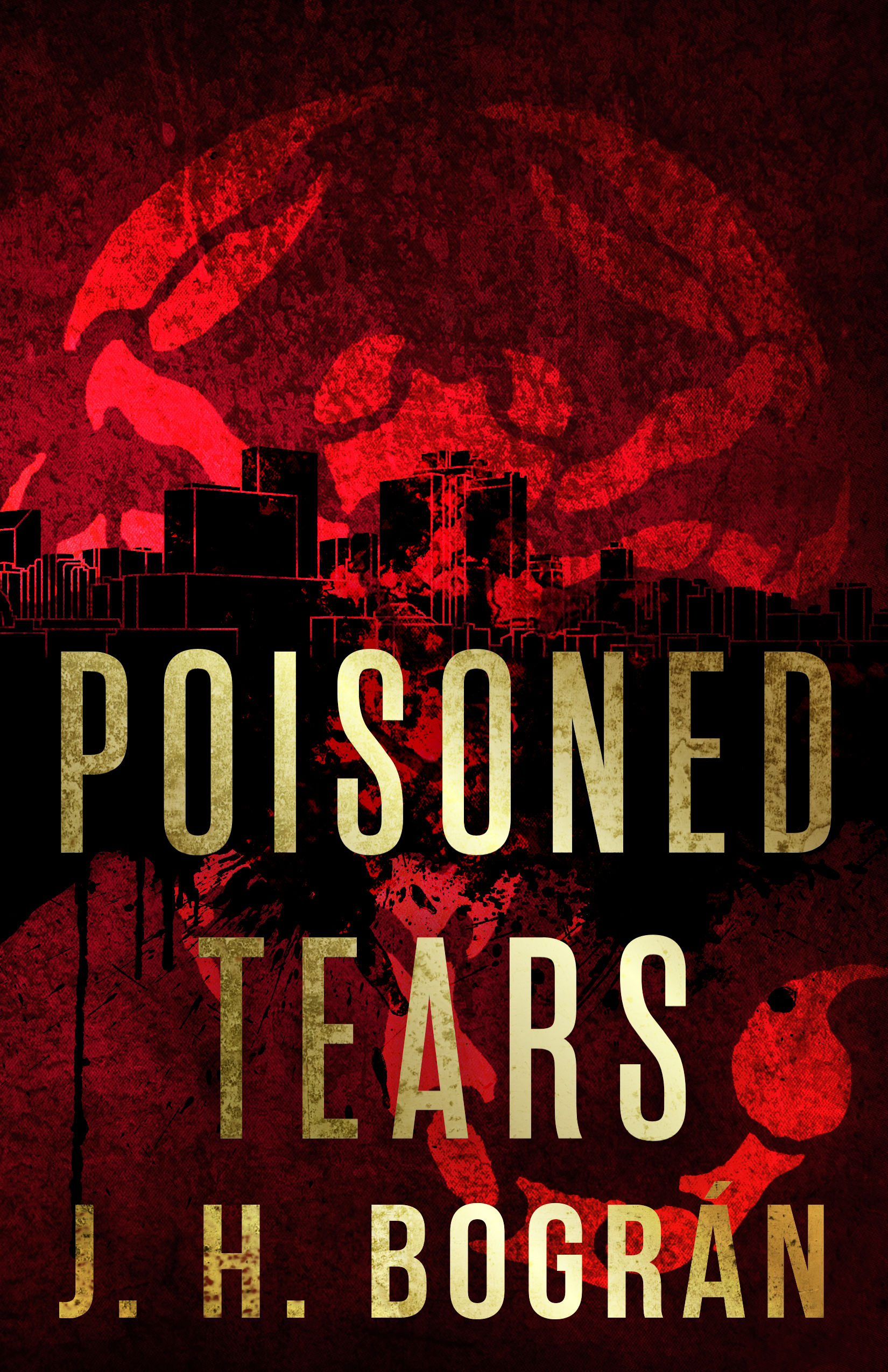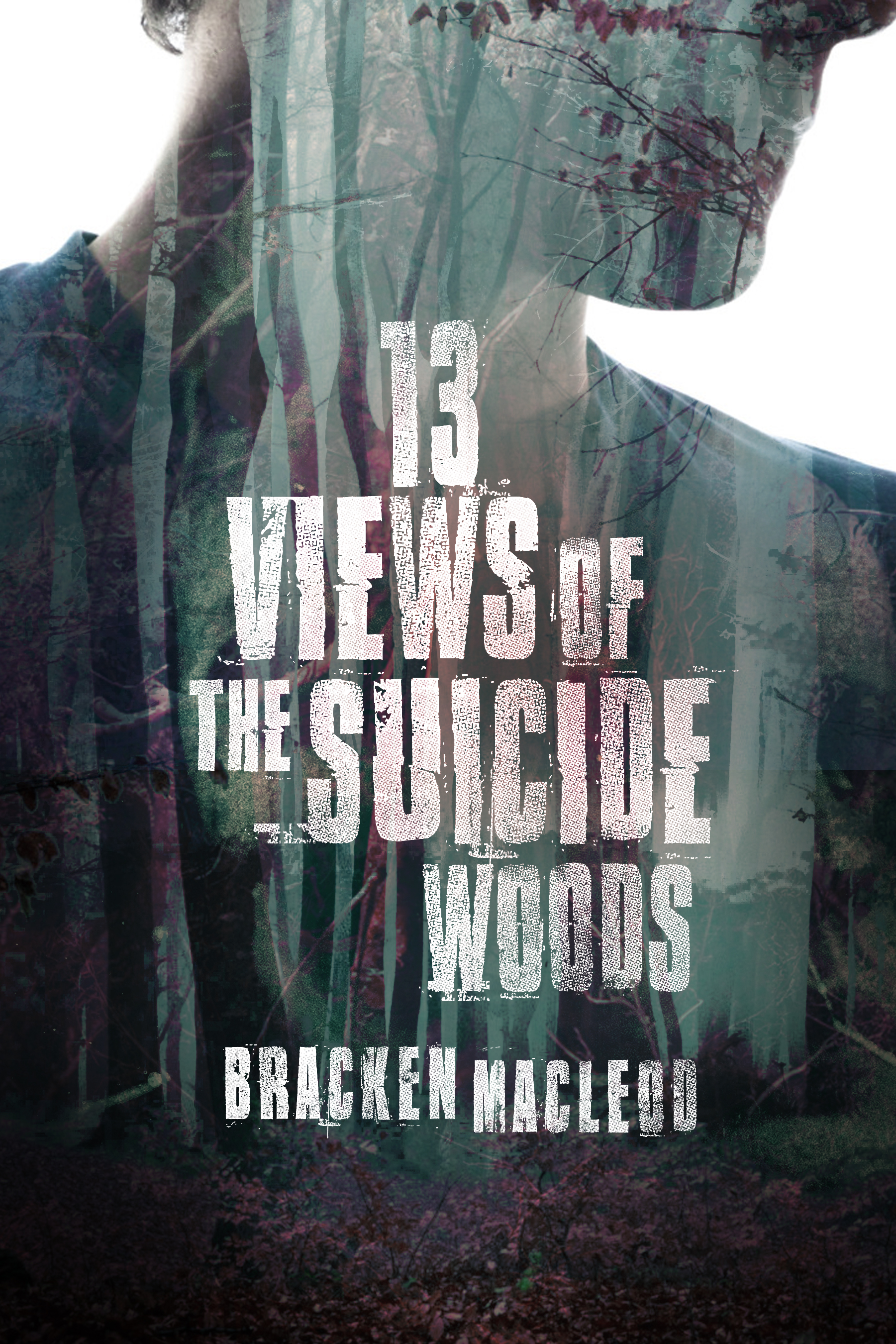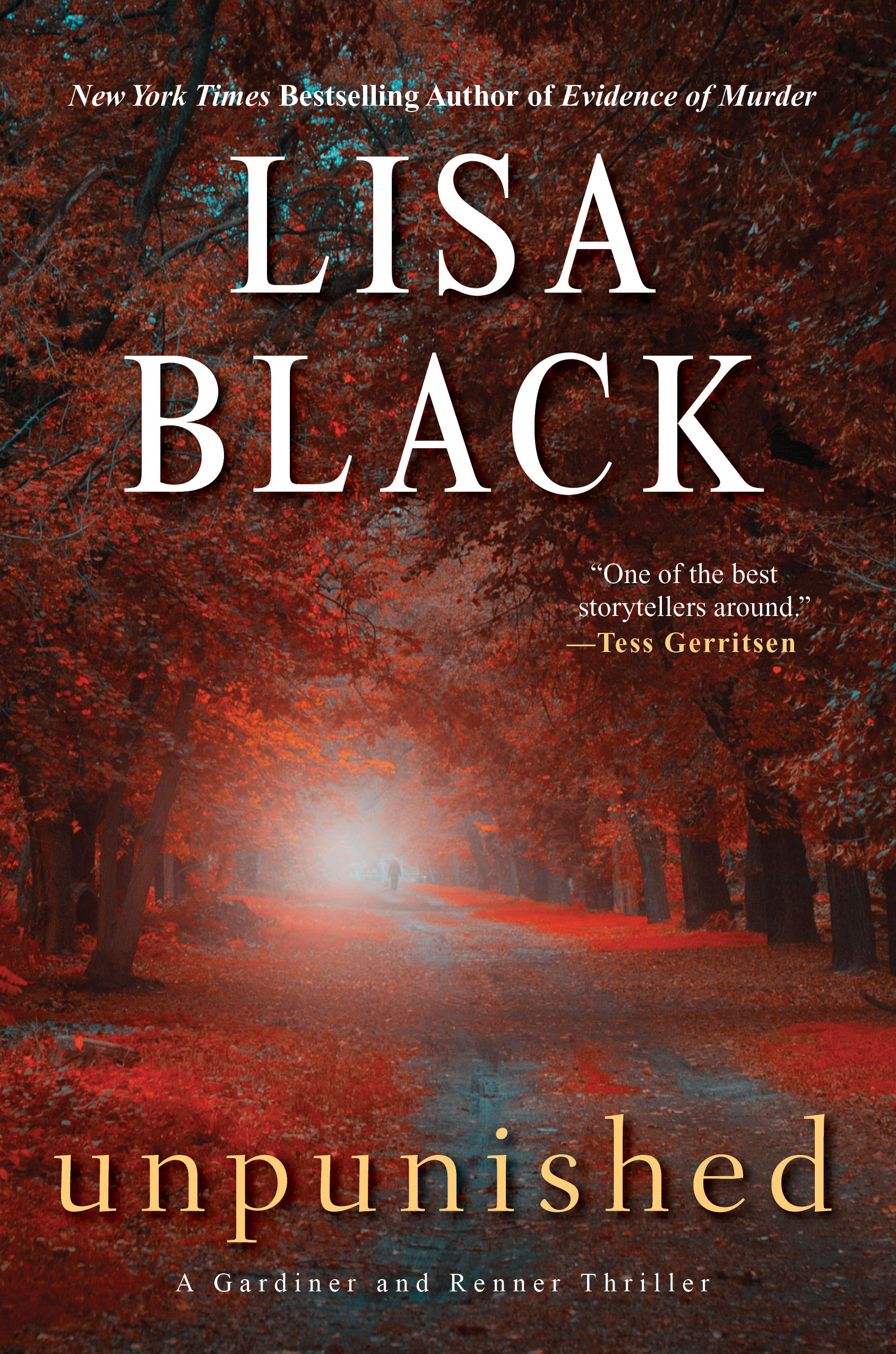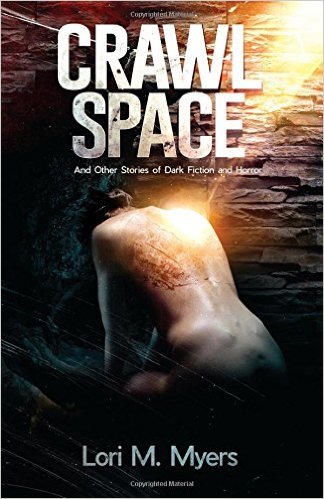This week on The Scariest Part, my guest is author J. H. Bográn, whose new novel is Poisoned Tears. Here is the publisher’s description:
Retired Dallas private investigator Alan Knox dislikes New Orleans so much he won’t even drink Abita, the local beer. It all goes back to the day his knee and his promising pro football career were wrecked in a Superdome game with the Saints. But when his estranged son calls and asks for help finding a missing fiancée, the guilt-ridden Texan heads for the Big Easy where he soon finds himself in trouble up to the tops of his snakeskin boots.
What starts off as a missing person case turns into a hunt for a serial killer who uses exotic poisonous animals to dispatch his victims. Painfully aware he can’t go it alone, Knox joins forces with an over-the-hill journalist and an unfriendly police detective as he navigates the dark streets and seedy bars in search of his prey.
And now, let’s hear what the scariest part was for J. H. Bográn:
When I conceived the idea for a serial killer using poisonous animals to disguise the deaths as accidents, I knew I had to deal with creatures. I chose the ones that scared me the most! Although I can’t list them here, I can refer to the first one as the cover artwork already gives it away.
The structure scorpion usually appears on any top ten list of dangerous creatures, and I researched it extensively and it became the protagonist of the very first scene I wrote for my novel Poisoned Tears.
The scene shows my killer looking upon the first victim, a woman in her twenties, bound and unconscious lying on the floor. Then I go into the details of handling the scorpion and making the little animal sting the woman. Without emergency medical treatment she’s as good as gone. The killer makes sure she doesn’t get any.
Several of my writing friends commented on how ominous and scary the scene was, one even compared it to something out of a Stephen King novel — with my apologies to Mr. King.
The subsequent revisions included a change on the identity of the victim (which created a problem as they were from different places and even races). I also varied the length and various details that were cut, brought it back, cut again, rewritten, left unused, and then brought back again at the behest of my editor. As you can see, I played with all of its details except one: its placement. I was adamant about using that scene as the opening sequence for I deemed it the perfect attention grabber.
Later I showed the opening chapters at various writing workshops with publishing professionals, the feedback came in two extremes. There were ones who loved it, others not so much. A publishing professional shared her comments from the heart. “It’s a turn-off for me when I see women my age murdered on the first page,” she said.
The above comment made me realize that the scene, as polished as it was by that seventh draft, was the scariest part of the book. In an almost metaphysical sense, it scared me as well, when I feared the scene would stump the book’s road to publication.
Exceptional times call for exceptional circumstances, right? By the time I signed a contract with Rebel e-Publishers, I reached a compromise: Keep the scene, but in a different place in a later chapter. As it turned out, the first scene I wrote for Poisoned Tears became the one that went through the most changes before it saw the light of day. Now I’m just hoping readers, the ultimate critics, enjoy the book and that particular scene.
J. H. Bográn: Website / Amazon Author Page / Facebook / Twitter / Goodreads
Poisoned Tears: Amazon / Barnes & Noble / Smashwords
J. H. Bográn, born and raised in Honduras, is the son of a journalist. He ironically prefers to write fiction rather than fact. José’s genre of choice is thrillers, but he likes to throw in a twist of romance into the mix. His works include novels and short stories in both English and Spanish. He has also worked on scripts for motion pictures and domestic television in his home country. Poisoned Tears is his third novel in English and has already garnered positive reviews and recommendations. Jon Land calls it “a splendid piece of crime noir,” while Douglas Preston says it’s a first class roller-coaster ride. He’s a member of The Crime Writers Association, the Short Fiction Writers Guild and the International Thriller Writers, where he also serves as the Thriller Roundtable Coordinator and contributor editor for their official e-zine, The Big Thrill.





